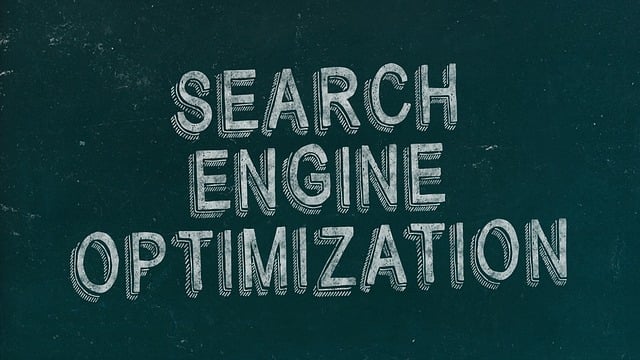Adopting AI systems for boosting truck repair productivity is a game-changer in today's digital era, revolutionizing workflow processes. These intelligent systems automate tasks like diagnostic analysis and parts identification using machine learning algorithms, predicting maintenance needs from historical data. This streamlines operations, reduces human errors, speeds up service, and fosters preventive care, minimizing unexpected breakdowns. AI-powered tools enhance efficiency, improve customer satisfaction, and provide a competitive edge, ensuring repair facilities stay ahead in the market.
In today’s competitive trucking industry, optimizing repair workflows is paramount. Artificial Intelligence (AI) systems are transforming truck repair shops by automating tasks, enhancing diagnostics, and improving overall efficiency. This article delves into the integration of AI in truck repair, exploring key strategies to optimize workflows and boost productivity. From predictive maintenance to intelligent data analysis, discover how AI is revolutionizing this crucial sector, ensuring faster turnarounds and reduced costs without compromising quality.
- Understanding AI Integration in Truck Repair Shops
- Key Strategies for Optimizing Truck Repair Workflows with AI
- Measuring and Enhancing Productivity Through AI Implementation
Understanding AI Integration in Truck Repair Shops

In today’s digital era, embracing AI systems for boosting truck repair productivity is a game-changer for automotive workshops. Artificial Intelligence offers an array of strategies to optimize and streamline workflow processes, ensuring efficiency and accuracy. By integrating AI technologies, repair shops can automate repetitive tasks such as diagnostic analysis, parts identification, and inventory management, thereby reducing human error and increasing speed.
These intelligent systems utilize machine learning algorithms to learn from vast datasets, enabling them to predict potential issues and suggest proactive maintenance. This not only enhances the overall repair process but also fosters a culture of preventive care, reducing unexpected breakdowns on the road. With AI-driven insights, truck repair shops can better allocate resources, minimize downtime, and ultimately elevate customer satisfaction levels.
Key Strategies for Optimizing Truck Repair Workflows with AI

In today’s digital era, AI systems are revolutionizing truck repair workflows, boosting productivity to new heights. One key strategy is implementing machine learning algorithms for predictive maintenance. These algorithms analyze historical data and sensor readings to forecast potential failures in components like engines and transmissions. By identifying issues before they occur, mechanics can proactively address problems, reducing unexpected breakdowns and minimizing downtime.
Additionally, AI-powered diagnostic tools play a significant role in streamlining the repair process. Natural language processing (NLP) enables efficient communication between staff and AI systems, facilitating accurate troubleshooting. Computer vision algorithms can analyze visual data from cameras to detect damage or anomalies, assisting technicians in their assessments. These advanced technologies collectively contribute to faster turnaround times, reduced labor costs, and enhanced overall efficiency in truck repair operations.
Measuring and Enhancing Productivity Through AI Implementation

Implementing AI systems in truck repair workflows offers a powerful opportunity to measure and enhance productivity. These intelligent technologies can streamline various tasks, from diagnosing issues using advanced algorithms to predicting parts failure with remarkable accuracy. By analyzing vast amounts of historical data, AI can identify patterns that optimize inventory management, reducing downtime caused by part shortages.
Moreover, AI-driven systems enable technicians to focus on more complex repairs, fostering efficiency. Automated reporting and data analysis free up time, allowing for faster decision-making. This boost in productivity isn’t just about speed; it translates into cost savings, improved customer satisfaction, and a competitive edge for repair facilities embracing this technological advancement.
AI optimization strategies have the potential to revolutionize truck repair workflows, boosting productivity and efficiency. By implementing AI systems that streamline processes, automate tasks, and provide data-driven insights, repair shops can enhance their overall performance. As technology advances, embracing these innovative strategies will be key for staying competitive in the industry, ensuring faster turnaround times, reduced costs, and improved customer satisfaction.
